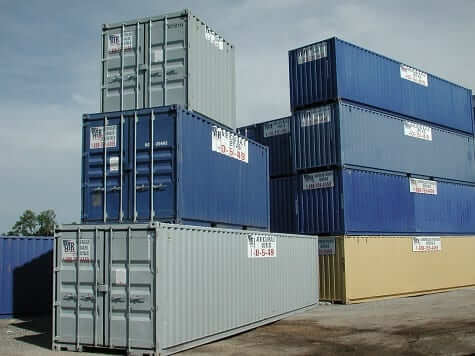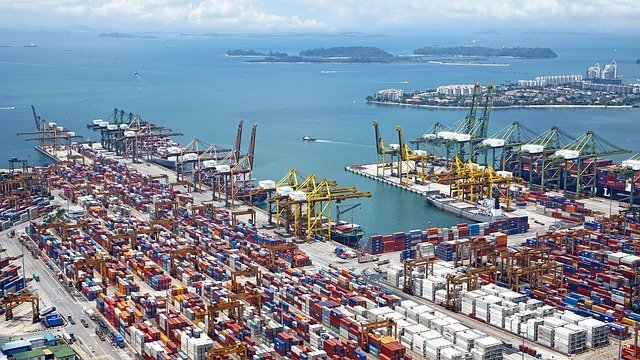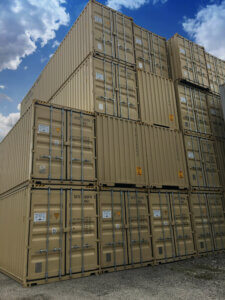The Shipping Container Industry
The container shipping industry started over 60 years ago, way back in 1956. In 1961 the International Organization for Standardization (ISO) set sizes for all shipping containers. Before this, goods were packed onto a ship in various forms like wooden boxes, sacks, or crates. By using standardized shipping containers, ships, trains, and trucks can be loaded and unloaded efficiently. This makes goods more affordable than if the containers were loaded and unloaded at each stop along the route. At any given moment, there are about 20 million containers traveling across the oceans every day. Most container ships are rather large but have a small crew of only 13-24 crew members. Many refer to the container ships as the pack mules of global trade.
Container Shipping Services and its Purpose
The container shipping industry is vital to global trade. It has revolutionized the way goods are transported worldwide. Having an economical way of transporting goods is necessary, whether it’s raw material, cars, fuel, or food. Individual cargo ships vary in size and carrying capacity. Many of those ships can transport up to 8,000 containers on a single voyage. Goods that are transported by ship can be loaded and sealed at the manufacturer and stay that way until it arrives at its final destination.
Shipping Container Sizes
The most common standard shipping containers are 20 foot and 40 foot. A standard 20-foot container is 150 square-feet inside and a 40-foot standard container is 300 square-feet inside. Containers are built to international standards making them interchangeable between shipping companies and rail and truck companies. Containers come in different types also. There are open-end containers that are ideal for logs or odd-sized items, open side containers, dry cargo containers, and refrigerated units to name a few.





